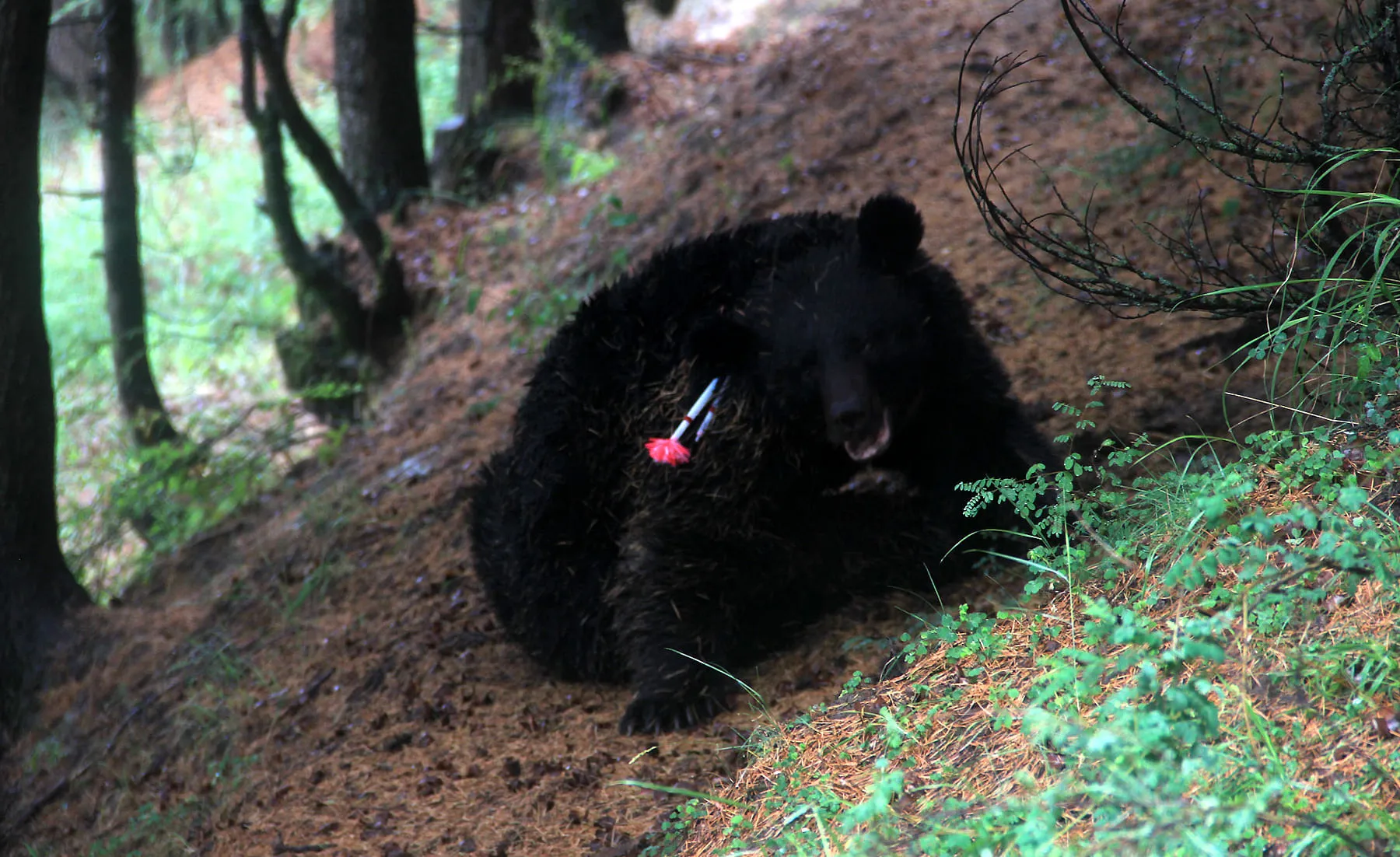Humans and wild animals have been living in their respective eco-systems for centuries. Due to fragmentation of habitat of wild animals, it has now turned into a fight, or ecological struggle for their survival.
Manifold increase in venturing of wild animals into human habitations especially in Kashmir is seen as a matter of concern. Human-wildlife conflict points towards a larger environmental problem.
Something is seriously wrong somewhere. Reasons are mostly man-made. Increased human intervention and haphazard developmental activities close to forests is seen as a major cause of disturbance among wild animals.
Home to wild animals, forests in Kashmir have borne the brunt of wanton felling of trees especially in the last over three decades. Extensive vandalisation of forests and haphazard constructions in eco-fragile areas have extensively disturbed habitat of wild animals. Movement of wild animals has been hampered due to closure of their traditional corridors in upper reaches of Kashmir.
Not only in villages, now wild animals openly venture in populated areas in Srinagar city. Few months ago, leopards were spotted near the Old Airfield area on Srinagar outskirts. The leopards then gradually moved to Rangreth, Sanat Nagar and Bagh-e-Mehtab areas.
Though wildlife authorities tried their best to capture the roaming leopards, the hunt ended without any trace. Abandoned lands with grown up bushes provide safe haven for leopards to hide in Srinagar’s uptown colonies.
Though leopards and bears are mostly found in upper reaches of Kashmir, these wild animals venture into human habitations mostly in search of food.
Over the past several years, leopards have been frequently spotted in areas near Old Airfield and Srinagar International Airport—which are situated on a 10-kilometre karewa-turned urban forest.
The area has developed dense tree and bush cover and vegetation acting as habitat for leopards. These leopards have adapted themselves to live in human dominated areas. They breed in these areas. These urban leopards have adapted to different environments mainly due to availability of food, especially stray dogs and poultry leftovers.
Some of the leopards have been domesticated after living close to human habitations, but some of these wild cats turned into man-eaters.
A leopard killed a four-year girl at Ompora on June 3, 2001 in central Kashmir’s Budgam district. The leopard had attacked the girl in the garden of her house and tookn her body away.
The mutilated body was later recovered from a nearby dense nursery. Following the killing, authorities had declared the leopard man-eater and deputed teams to catch or kill it. The leopard was caught alive at Budgam 11 days after the incident.
In north’s Kashmir Baramulla district, five minors, living near forests, were killed by wild animals last year, As per official data in last 18 years, 234 people lost their lives and 2,918 were injured in human-animal conflicts in J&K. 131 instances of human-animal conflict were reported last year in Srinagar, Ganderbal and Pulwama districts.
35 people were injured in these incidents last year. 79 animals were rescued, that were later released in different wildlife sanctuaries and their habitats during the period.
In many cases, wild animals also lost their lives. On April 3, 2020, some people in a village of south Kashmir’s Kulgam district had killed a leopard after it attacked and injured several of them.
After images of skinning of the leopard carcass went viral, authorities filed a case against the accused. A mob had killed and burnt a wild bear in Tral area of Pulwama district on November 18, 2006.
Over the years, bears and leopards have been frequently spotted in residential areas like Harwan, Brein, Nishat, and even Gupkar which fall in the Zabarwan range. Due to rapid development, the buffer zone between forests and human habitations is vanishing fast.
This has resulted in their increased confrontation with humans. Being hunters by instinct, bears and leopards are usually in search of food. Once these wild animals venture into human habitations, they get easy prey. They attack humans, cattle, poultry and whatever comes in their way.
Experts also blame shifting of farming practices from Agriculture to Horticulture for human-wildlife conflict. For economic gains, people in many areas have converted their paddy fields into orchards. Smell of fruit attracts bears into the orchards. Establishment of poultry and sheep farms close to forest areas also leads wild animals to venture into human habitations.
With limited manpower and resources, the Department of Wildlife Protection is facing a tough time to tackle incidents of human-wildlife conflict.
By the time its teams reach the spot, they have to first confront locals who suddenly turn into mobs to capture or kill wild animals for intruding into their space. In this scenario, it is difficult to tranquillise or catch the agitated wild animals.
The Department of Wildlife Protection and Wildlife SOS have been issuing advisories to prevent human-wildlife conflict. Pets and livestock should be kept inside enclosed areas. Garbage shouldn’t be thrown around homes as it attracts dogs and leopards to hunt these canines.
Importantly, authorities need to create awareness, train and equip people with equipment to tackle human-wildlife conflict at village or locality levels for prompt response to minimise loss of human lives.
The Government needs to develop a holistic policy to ensure that the habitat of wild animals in forests is protected. Extensive scientific research needs to be conducted to monitor movement of wild animals and identify reasons for their behavioural changes.
We need to understand that wild animals are an important part of our eco-system and shouldn’t be treated as aliens. It is the duty of the government and stakeholders to provide safe habitat to wild animals.
There is a need for a strong resolve to ensure sustainable development near forest areas to give a safe environment and due share of space to wildlife animals.
Arif Shafi Wani is Executive Editor, Greater Kashmir
DISCLAIMER: The views and opinions expressed in this article are the personal opinions of the author.
The facts, analysis, assumptions and perspective appearing in the article do not reflect the views of GK.







